Introduction
Fabric is a flexible material consisting of a network of natural or synthetic fibrous yarn or threads. Yarn is produced by spinning raw fibers like wool, flax, cotton, hemp, or other materials to create long strands. Fabrics are manufactured by weaving, knitting, tufting, felting, crocheting, knotting, or braiding.
Woven fabric
Woven
fabric is a type of textile that is formed by weaving. It is often created on a
loom and made of many threads woven on a warp and a weft. In the view of
technology, a woven fabric is a fabric that is formed by interlacing two or
more threads at right angles to each other. This fabric is only stretched
diagonally in partial directions unless the threads used are elastic. Woven
fabrics are usually framed at the edges, unless techniques are used to deal
with them, such as the use of pinking raw or hemming. Woven fabrics do not
stretch as easily as knitted fabrics which can make them much more convenient to
use.
Different types of woven fabric
There are different types of woven fabric, such as below-
1. Batiste Fabric
Batiste fabric is the type of woven fabric that is manufactured from cotton, wool, polyester, or a blended yarn and is the softest of the light opaque fabrics. It is balanced plain waves, made of cotton cloth or linen-like cambric. It was often used as lining fabrics for high-quality garments. It is also used for handkerchiefs and underwear. Lightweight transparent fabrics are very thin and light but not as opaque as sheer fabrics. The difference between the two is not always manifest. End-uses include clothing and furnishings. Organdy, Lawn, and Batiste started with the same grease product. They differ from each other in the way they end up. Lawn and batiste acid do not take the finish and thus, remain opaque. Even better quality fabrics are made with combed yarn.
2. Broadcloth fabric
Broadcloth
is a type of woven fabric that is dense, plain woven fabric that is made of wool. The defining feature of the broadcloth is not its finished width, it was expanded to shrink to the required
width and then heavily milled. The mills achieve much closer yarns than the
ones achieved in the factory and allow the individual fibers of wool to be tied
together in a shaking process, resulting in a thick, blind-faced fabric with a stiff groove that is highly weather-resistant, able to take cut edges without
the need for hardware and hemmed.
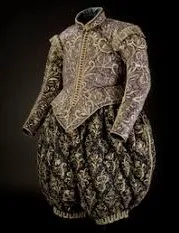 |
| Broad fabric |
3. Canvas fabric
Canvas
is a type of woven fabric that is a highly durable plain-woven fabric that requires sturdiness for a sail,
tent, marquee, backpack, support for an oil painting to create shelters, and
other items such as cases and shoes in fashion items such as handbags, electronic
devices. It is popularly used by artists as a painting surface, usually
extending across wooden frames. Modern canvases are generally formed of cotton
or linen with polyvinyl chloride (PVC), although historically it was made from
hemp. It differs from other heavy cotton fabrics, such as denim, as plain wave
instead of double weave. Canvas comes in two main types: plain and duck.
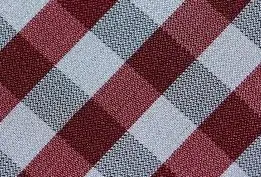 |
| Canvas fabric |
4. Chiffon fabric
Chiffon
is a type of woven fabric that is lightweight, well-balanced plain-woven fabric or gauze, such as gossamer,
alternative S- and Z-twist crepe with high-twisted yarn. The twist in the crepe
yarns throws the fabric a bit on both sides after weaving, giving it a slightly
stretched and somewhat rough feeling. Chiffon is usually used in evening wear,
to give the gown an elegant and floating look. It is a popular fabric used in
blouses, ribbons, scarves, and underwear. Like other crop fabrics, chiffon is
difficult to work with due to its light and slippery texture. Because of this
delicate nature, the chiffon needs to be washed very gently.
5. Charmeuse fabric
Charmeuse is a type of woven fabric lightweight with satin that was woven where strap threads cross four or more backing weft threads. These float threads give the front of the fabric a smooth, glossy finish when the back has a dull finish. The Charmeuse varies from the plain satin in which the Charmeuse has a different proportion of floating face thread and is lighter in weight. Charmeuse can be made of silk, polyester, or rayon. The practice of weaving from mixed fibers is becoming more familiar. It is used in women's clothing such as lingerie, evening gowns, and blouses, especially a biased cut. It is formally used in menswear.
6. Denim fabric
Denim is a type of woven fabric that is the name denim derives from the French word serge de Nimes. Denim is a strong cotton warp face textile where the weft runs under two or more warp threads. This twill weave creates a diagonal ribbon that separates it from the cotton duck. Denim is available in a variety of colors, but the most common denim is indigo denim where the warp thread is dyed and the waft thread is left white. As a result of the double weaving of the warp face, the textile is dominated by blue warp thread on one side and white wafer thread on the other. To simplify the natural problematic process, some dry denim wearers will refrain from washing their jeans for more than six months. Most dried denim is made with 100% cotton and comes from different countries.
7. Flannel fabric
Flannel
is a soft type of woven fabric that has a different fineness. The flannel was originally
made from carded wool or worsted yarn but is now often made from wool, cotton,
or synthetic fibers. Can be brushed to create extra softness. If the flannel is
not hanging, it achieves its softness through the loosely spun yarn in its
woven shape. It is commonly used to make tartan clothing, blankets, bedding,
and sleepwear. The term flannel shirt is often mistakenly used in relation to a
shirt with a plaid or tartan pattern. But it’s actually just a form of fabric
and flannel shirts aren’t plaid there.
8. Georgette fabric
Georgette
is a type of woven fabric that is a perfect, light-weight, dull-finished crepe fabric named after the early
twentieth-century French garment maker Georgette de la Plant. Originally made
from silk, Georgette is made from highly twisted yarn. Its characterized curved
surface is made of S- and Z-twist yarn alternately in both warp and weft.
Georgette is produced in solid colors and prints and is used for blouses,
dresses, evening gowns, saris, and trimmings. Georgette has a very light and
notched arm, rendering it loose and most suitable for flowing clothing and
unsuitable for more structured pieces.
9. Habutai fabric
Habutai
is a type of woven fabric that means the basic plain weave fabric mainly silk fabric. Although it was
traditionally woven in Japan, most Habutai is woven in Chinese today. It is
usually lining silk but can also be used for T-shirts, lampshades, summer
blouses, or very light underwear. It is quite easy to color and is available in
many stores. Like other types of silk, Habutai comes in different weights that
are measured in mm. A light and perfect Habutai silk can be 8mm; a 16mm Habutai
is considered quite dense. Habutai is a lightweight, shiny material that was
once used to make silk kimonos. It is perfect and often has an ivory color.
10. Organza fabric
Organza is a thin, plain weave, the perfect fabric made from conventional silk. Many modern organisms are woven with synthetic filament fibers such as polyester or nylon. Silk organza is woven on the banks of the Yangtze River and by several mills in China’s Zhejiang Province. Thick silk organza is woven in the Bangalore region of India. Deluxe silk organza is woven in France and Italy. Organza is used for bridalwear and evening wear. In the indoor market, it is used for the impact between bedrooms and rooms. In viscose and acetate, double-width organs are used as mere screens.

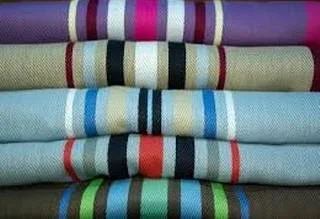
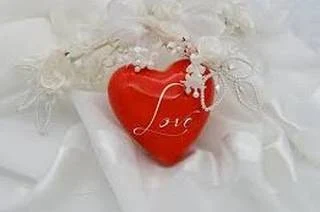

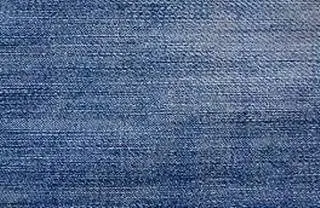
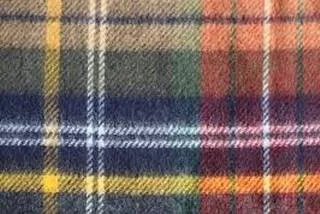
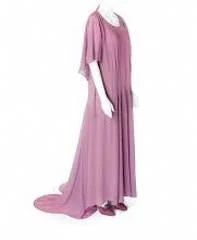

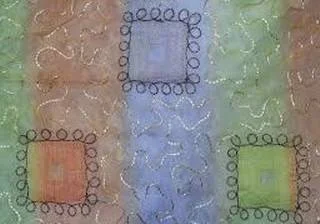







0 Comments